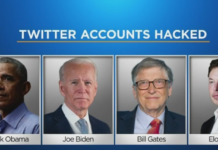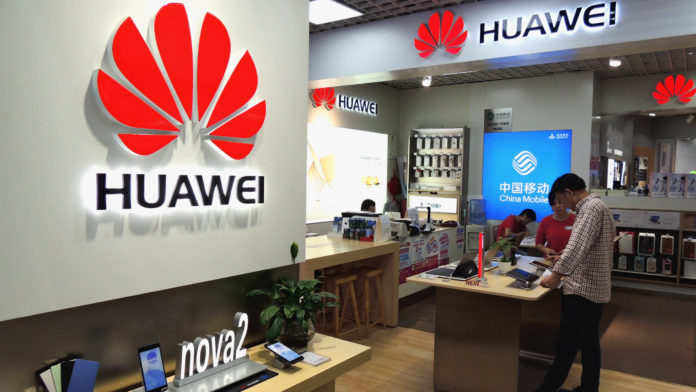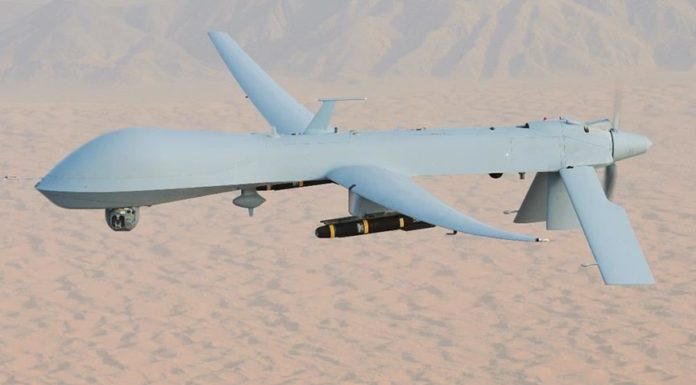The US has added to its lawsuit against Huawei, a Chinese Telecom giant, accusing them of a “decades-long” plan to steal technology from US firms
The Justice Department has added new criminal charges against Chinese tech giant Huawei and several subsidiaries, accusing the company in a shameless scheme to steal trade secrets from competitors in America, federal prosecutors announced.
According to the charge, Huawei also gave surveillance equipment to Iran that made it possible for the monitoring of protesters during the 2009 anti-government demonstrations in Tehran, and also sought to conceal business that it was doing in North Korea despite economic sanctions there.
Huawei issued a statement disputing the allegations and declaring them as “without merit.”
These new allegations are as a result of the Trump administration raising national security concerns about Huawei, the world’s largest telecommunications equipment manufacturer, and aggressively trying to get Western allies to bar the company from wireless, high-speed networks.
The superseding indictment, brought by federal prosecutors , adds to the company’s legal woes in the U.S. It adds charges of conspiracy and conspiracy to steal trade secrets to an existing criminal case , where the company already faces charges of lying to banks about deals that violated economic sanctions against Iran.
Federal prosecutors in the US have brought a separate trade secrets theft case against the company, while Meng Wanzhou, a senior Huawei executive and the daughter of the company’s founder, is accused of making false representations to banks about Huawei’s relationship with its Iran-based affiliate. She was arrested in Vancouver , British Columbia, and has yet to be extradited to the U.S.
The latest indictment, an update of a case first filed last year, accuses Huawei of plotting to steal the trade secrets and intellectual property of rival companies in the U.S.
In some cases, prosecutors said the company recruited former employees of competitor companies in an effort to gain access to their intellectual property. The company also slyly gave incentives to its own employees to steal from competitors by offering bonuses to those who brought in the most valuable stolen information, and it used proxies, including professors at research institutions to steal intellectual property, prosecutors said. The stolen information include antenna and robot testing technology as well as user manuals for internet routers. One reason for the theft, according to the Justice Department, was to help Huawei save on research and development costs.
In May 2013, , a Huawei employee who accessed the laboratory of a company in Washington state got away with a robot arm in a laptop bag. An engineer took photographs and measurements of the arm and shared them with people at Huawei before it was ultimately returned to the company.
At a 2004 trade show in Chicago, a Huawei employee with a badge that read “Weihua” was found in the middle of the night in the booth of a technology company, “removing the cover from a networking device and taking photographs of the circuitry inside,” prosecutors said. The speculation is that it is Huawei spelled with its syllables reversed.
































